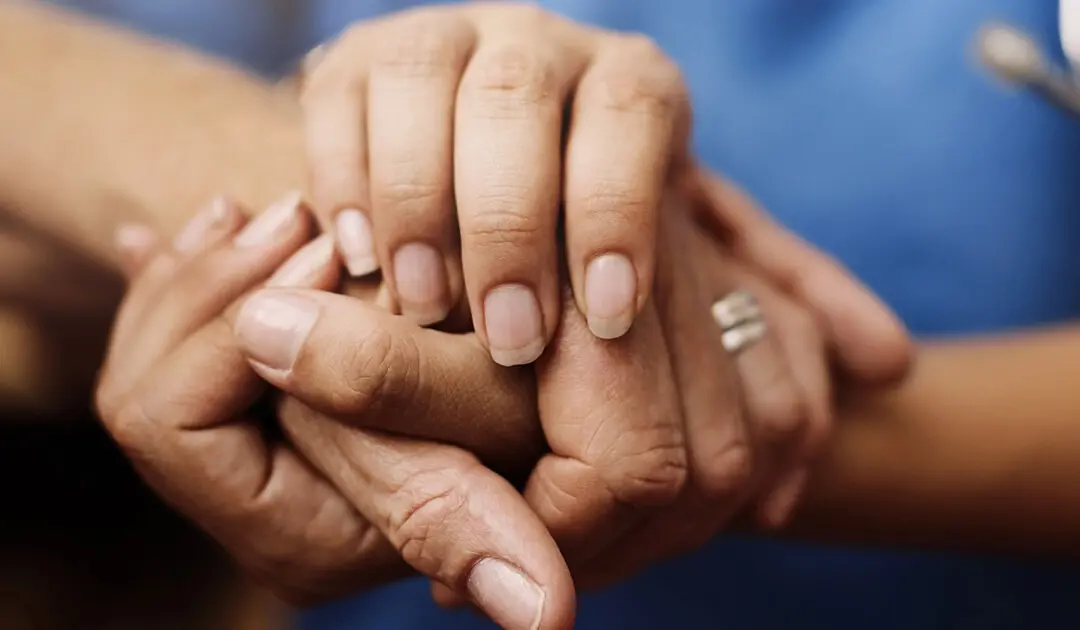Personal Resilience: How to Be Resilient When You’re a Caregiver

James just learned that one of his teenage clients harmed her little brother.
Amanda’s son just had a meltdown in the grocery store.
Yolanda just heard a rumor that her organization will be laying off staff.
Diego’s car just started making an awful noise.
Pam’s father just molested her.
Each of these scenarios is different, but they all have something in common: They represent a disruption in expectations—a gap between the way someone expected or wanted the world to be and what is actually happening.
Sometimes you can see these disruptions coming, and sometimes they’re a total surprise. They can range from very minor to deeply traumatic. Some disruptions pass quickly, while others have effects that linger for a long time. But all of them share common ground.
Whenever your expectations are disrupted, you use energy to close the gap. You may be able to change what’s happening, or you may need to adjust to an undesirable reality. Either way, you draw on your mental, physical, emotional, and spiritual energy. If the disruptions you face are too large, or you encounter several of them at one time, you may run out of energy and start to break down.
A Definition of Resilience
Personal resilience is the ability to maintain well-being and effective functioning in the face of high levels of disruption. It involves adapting well in the face of adversity, trauma, threats, and stress. It means bouncing back from difficulties with your family, relationships, health, workplace, home life, finances, etc.
Resilience is a tremendously important capability for professional caregivers, who often operate in environments filled with unexpected events and need to maintain their effectiveness in challenging circumstances. In addition, caregivers have the opportunity to support and build the resilience of those they care for.
Research has shown that people can develop resilience. Here is some information that can help you enhance your own resilience and that of the people around you:
Your Personal Resilience Muscles
Resilience isn’t a single attribute or skill, but draws on a set of capabilities that you can think of as “muscles” you use in dealing with disruption. These muscles help you use your energy more effectively and achieve better outcomes when facing challenges and crises.
Positivity
The ability to see hope and possibility even in the darkest of times is the cornerstone of resilience. This is the muscle that keeps you going in the face of impossible odds, and helps you bring more of your energy into figuring out how to deal with a challenge or resolve a problem.
Confidence
Your willingness and ability to take action in difficult situations is enhanced when you have confidence in your own capabilities, knowledge of your strengths, and the belief that you can use challenges to learn, grow, and develop.
Priorities
Most crisis situations are filled with confusion and ambiguity. You will be most effective if you can quickly decide what is most important and tune out distractions. This allows you to conserve your energy and achieve the best outcomes.
Creativity
When you encounter an unexpected challenge, you need to figure out what to do to address it. If you can stretch your brain to come up with a range of options that include new, unusual, or unexpected strategies, you have a better chance of a positive outcome. As a bonus, this muscle helps you see the humor even in dark times.
Connection
Crisis intervention is a team endeavor. If you are able to build strong connections with others and reach out to them when you need help, you can go well beyond the limits of your own energy and resolve issues that may seem impossible for one person to handle.
Structure
Systems and processes can be very helpful in deciding how to respond and in using your energy most efficiently to deal with disruption. This muscle helps you build, learn, and use structured approaches—such as CPI’s Crisis Development Model℠ model—when facing challenging situations.
Experimenting
In most difficult situations, you need to take action without having all the information you need. Rather than wait for certainty, you can often try something, see what happens, and adjust your strategy based on what you observe. This muscle helps you take small risks that help you move forward to resolve the issues you face.
How to Strengthen Your Resilience Muscles
Like your physical muscles, your resilience muscles can be built through practice. You can create exercises for each of them. You will have the most success if you pick small actions and do them regularly. Here is a sample exercise for each muscle:
Schedule a Consultation
Learn how CPI’s training programs can benefit your organization.
Let's Connect